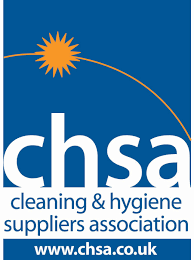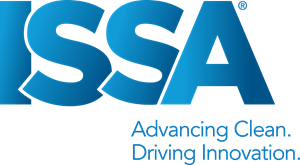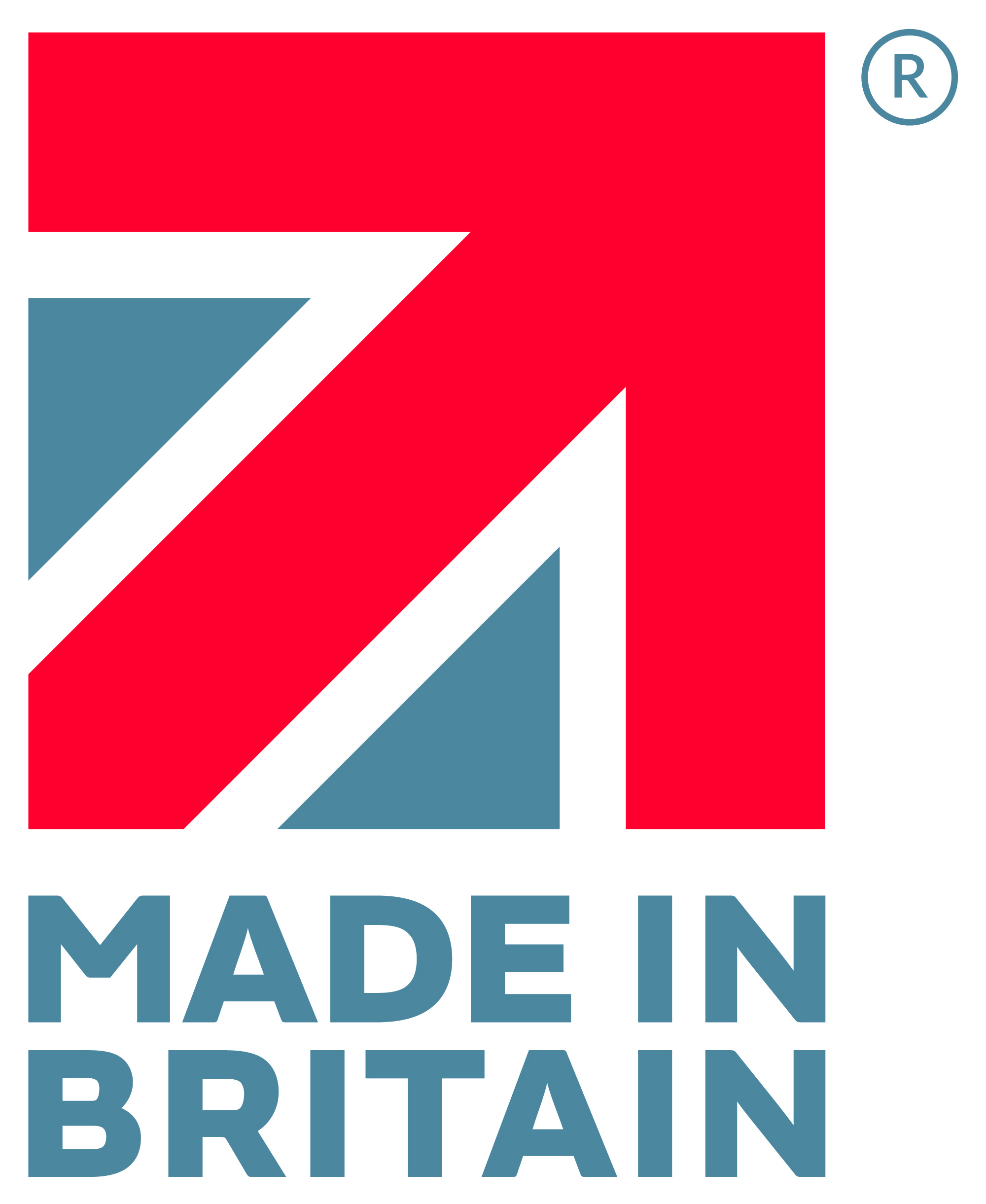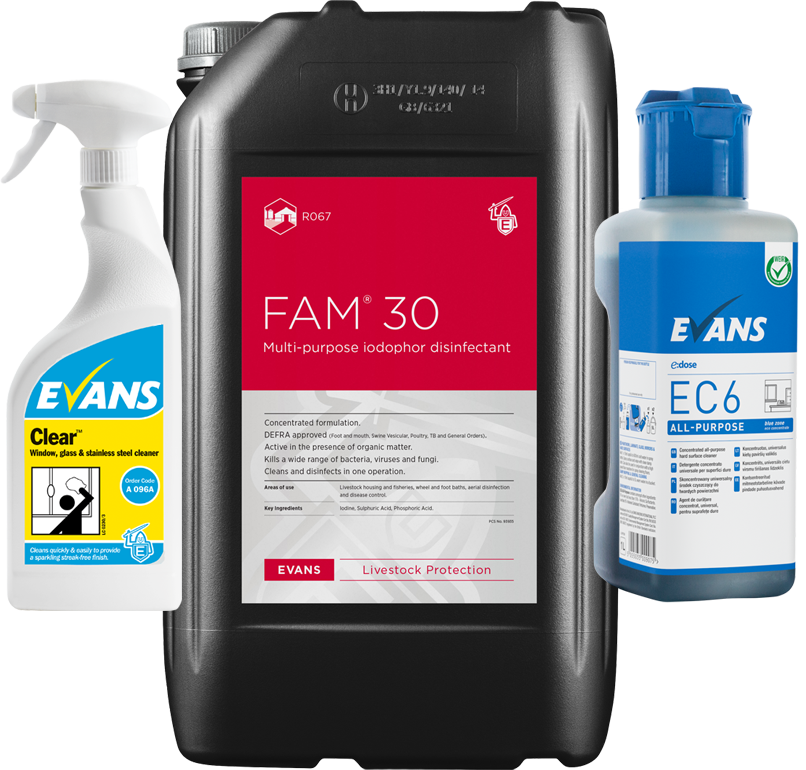Information about the globally harmonised hazard classification and compatible labelling system, including material safety data sheets and easily understandable symbols.
What is the background to GHS?
The Earth Summit, held in Rio de Janerio, in 1992 resulted in an international mandate to create
"a globally harmonised hazard classification and compatible labelling system, including material safety data sheets and easily understandable symbols"
- This is abbreviated to the 'GHS'
The work on the GHS (also known as the Purple Book) began examining the major existing classification and labelling systems around the world including that of the EU).
What is the aim of GHS?
All over the world there are different laws on how to identify the hazardous properties of chemicals (called "classification") and how information about these hazards is then passed to users, through labels, and safety data sheets.
This can be confusing because the same chemical can have different hazard descriptions in different countries. For example a chemical could be labelled "Toxic" in one country, but not in another.
The UN brought together experts from different countries to create a Globally Harmonised System of Classification and Labelling Chemicals (GHS).
The aim of the GHS is to have the same system, for example:
- A criteria for classifying chemicals according to their health, environmental and physical hazards
- A hazard communication requirement for labelling and safety data sheets
The UN GHS is not a formal treaty, but instead is a non-legally binding international agreement. Therefore, countries (or trading blocks) must create local or national legislation to implement the GHS. In the EU (including UK) this is implemented in law via the CLP Regulation.
What is CLP?
CLP stands for Classification, Labelling and Packaging. The CLP Regulation entered into force in January 2009, and the method of classifying and labelling chemicals it introduced is based on the United Nations' Globally Harmonised System (GHS).
The CLP Regulation ensures that the hazards presented by chemicals are clearly communicated to workers and consumers in the European Union through classification and labelling of chemicals.
What must Evans Vanodine do before supplying chemical products?
Before placing chemicals on the market, we must establish the potential risks to human health and the environment of such substances (generally Raw Materials) and mixtures (Evans Vanodine Products), classifying them in line with the identified hazards. The hazardous chemicals also have to be labelled according to a standardised system so that workers and consumers know about their effects before they handle them.
Thanks to this process, the hazards of chemicals are communicated through standard statements and pictograms on labels and safety data sheets. For example, when a supplier identifies a substance as "serious eye damage, category 1", the labelling will include the hazard statement "Causes severe skin burns and eye damage", the precautionary statements, the word "Danger" and a pictogram showing the corrosive symbol. This new labelling system will be incorporated into the design of all our standard labels, for example:

What is the timetable for CLP implementation?
The timetable for CLP implementation is well under way.
Substances (generally Raw Materials)
Should have been reclassified and relabelled by 1 December 2010, unless the two year transitional period for substances that are already on the market is being applied. In this case, substances that have already been classified, packaged and labelled, and placed on the market (i.e. they are already "on the shelf") before 1 December 2010 need not be relabelled until 1 December 2012.
Mixtures (Evans Vanodine Products)
We have until 1 June 2015 before they must be reclassified and relabelled. To help with products already in the supply chain, a further 2 years transition period, until 1 June 2017, is also available, as for substances. This transitional period will apply to mixtures that are already classified, packaged and labelled, and placed on the market (i.e. they are already "on the shelf") before 1 June 2015.
Some products will now be labelled as more hazardous and others as less hazardous.
Concentration Limits for some classes have been lowered
Corrosive 10% to 5%
Irritant 20% to 10%
Serious eye 5% to 3%
Leading to the majority of products now having a higher classification
Harmful no longer has Concentration Limits
Harmful 25% Now calculated from Acute Toxicity figures
Leading to some products being classed as less harmful
How will the CLP Regulation affect you and your customers?
Evans Vanodine (the supplier) will ensure that products comply with the above CLP regulation. As a Distributor of Evans Vanodine product(s), you will need to ensure you have a copy of the matching CLP format Safety Data Sheet that will be available as each product changes on our website http://www.evansvanodine.co.uk/sds/. You will then need to inform your customers (the final users of the product) for them to review their COSHH Assessments in light of the new classifications.
How do the CLP Regulations Impact on the CHIP regulations?
The Dangerous Substances Directive and the Dangerous Preparations Directive have been implemented in Great Britain as the (Chemicals Hazard Information and Packaging for Supply) Regulations (Known as CHIP). The CHIP regulations have been amended to ensure the national law is aligned with the transitional arrangements in the CLP Regulation, and to include the necessary enforcement provisions as an alternative to CHIP ahead of the mandatory compliance dates.
Conclusion
Evans Vanodine has reviewed the classification of all our labels to ensure we will be fully compliant with the CLP regulations in 2015. Over the coming months the new CLP lables will be introduced.
If you have any questions or need a further explanation, please do not hesitate to contact us or alternatively refer to the HSE website.
Please click here to see the classification table which gives details of the changes which will be made to various symbols relating to certain products.














